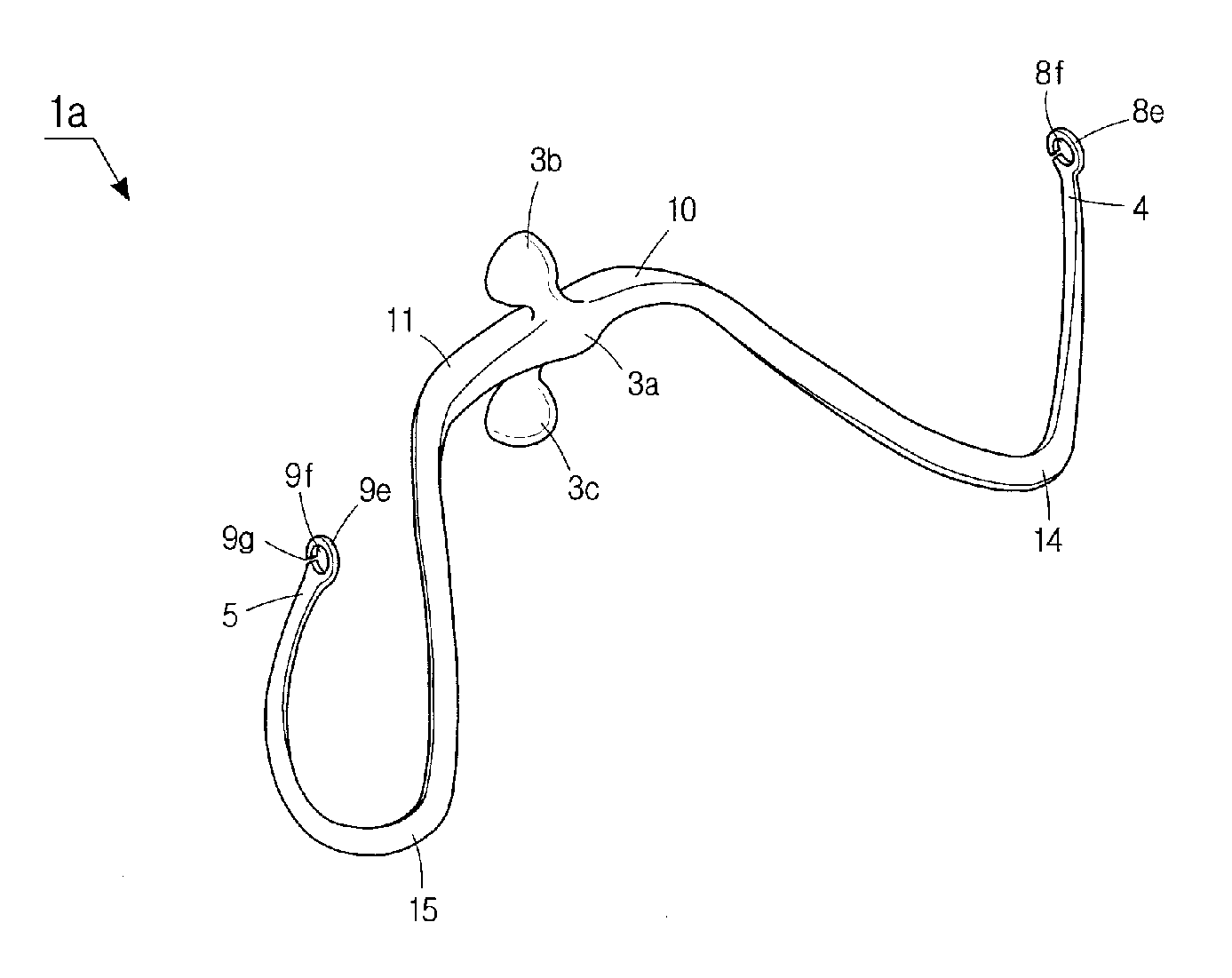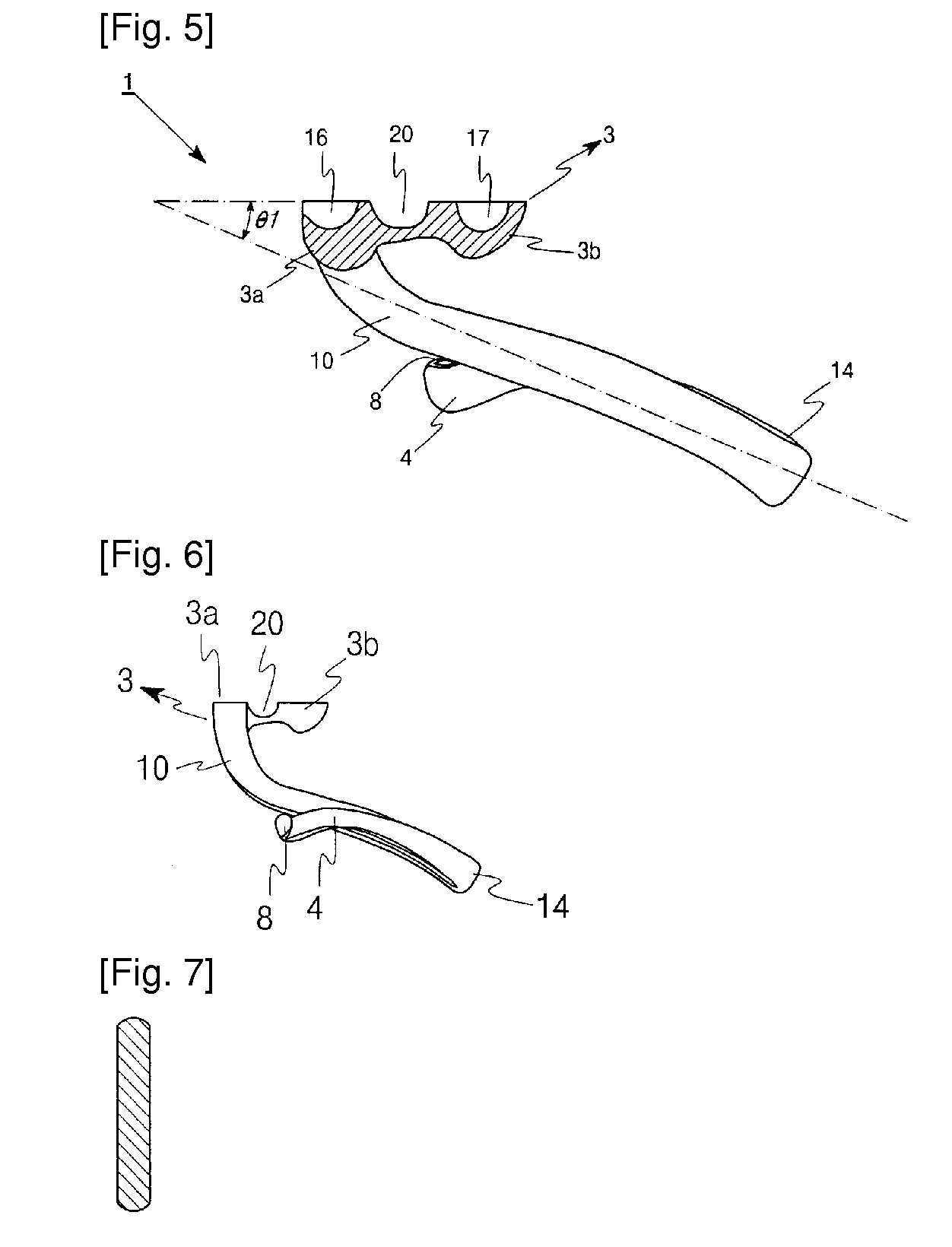Apparatus for correcting position of teeth
a technology for teeth and sockets, applied in dental tools, dental surgery, medical science, etc., can solve the problems of inability to adjust only by existing fixing sources at the molar teeth, inability to correct the position of teeth, and increased time for correction
- Summary
- Abstract
- Description
- Claims
- Application Information
AI Technical Summary
Benefits of technology
Problems solved by technology
Method used
Image
Examples
Embodiment Construction
[0031]Now, preferred embodiments of the present invention will be described in detail with reference to the annexed drawings. In the drawings, the same or similar elements are denoted by the same reference numerals even though they are depicted in different drawings. In the following, a detailed description of known functions and configurations incorporated herein will be omitted when it may make the subject matter of the present invention rather unclear.
[0032]An apparatus 1 for correcting the position of teeth according to the present invention is an apparatus that is used to achieve the backward movement of teeth when principally correcting the irregularities of teeth at the maxillary bone or is applicable when requiring an absolute fixing source at a rear region. FIG. 1 is a bottom perspective view illustrating an apparatus 1 for correcting the position of teeth according to an embodiment of the present invention, FIG. 2 is a plan view illustrating the apparatus 1 for correcting ...
PUM
 Login to View More
Login to View More Abstract
Description
Claims
Application Information
 Login to View More
Login to View More - R&D
- Intellectual Property
- Life Sciences
- Materials
- Tech Scout
- Unparalleled Data Quality
- Higher Quality Content
- 60% Fewer Hallucinations
Browse by: Latest US Patents, China's latest patents, Technical Efficacy Thesaurus, Application Domain, Technology Topic, Popular Technical Reports.
© 2025 PatSnap. All rights reserved.Legal|Privacy policy|Modern Slavery Act Transparency Statement|Sitemap|About US| Contact US: help@patsnap.com



